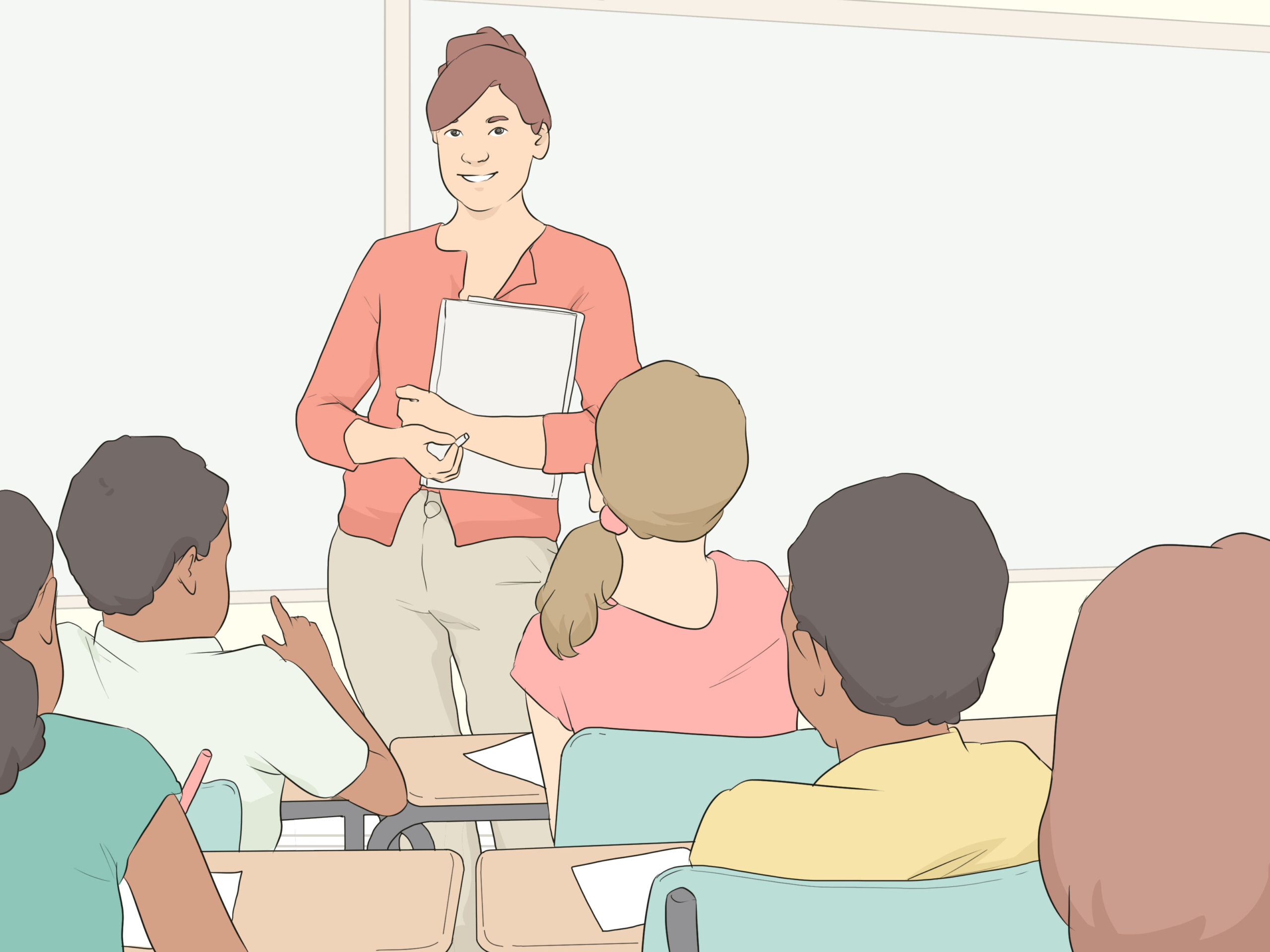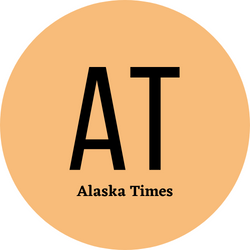The Importance of Lesson Planning and Evaluation

Teachers in private schools have more flexibility when it comes to curriculum. However, they must adhere to certain guidelines as outlined by their state and accreditation associations.
They have the luxury of choosing a student population that matches their educational philosophy, which allows them to be more focused on instruction. Private schools also tend to have smaller class sizes.
Job Satisfaction
Job satisfaction is a major factor in teachers’ attitudes toward their profession. It is essential for the success of any educational institution. Teachers who are satisfied with their jobs tend to work harder and give more effort to their students. They also tend to be more creative and innovative in their teaching approaches.
Research shows that job satisfaction is at its highest level in 36 years. This is a great sign, considering the economic climate and the high unemployment rate in many countries. The higher levels of job satisfaction will help to boost teacher retention and overall student achievement in schools.
In this study, teachers from public and private schools were surveyed about their satisfaction levels at work. Results showed that teachers from public schools were more satisfied with their jobs than those in private schools. The difference was most pronounced in terms of payment, working environment, colleagues and organizational support. However, the most important factor in determining teachers’ satisfaction level was job security. Public school teachers enjoy greater job security than their counterparts in private schools because of the permanence of their positions under the state-run system. This means that public school teachers can work at their jobs for a longer period of time than private school teachers.
The findings from this study suggest that public schools should focus more on increasing the satisfaction levels of their teachers. In addition, they should implement policies that will provide teachers with better benefits and a comfortable learning environment. Moreover, they should ensure that teachers are well-paid and offer attractive rewards for their work. This will attract and retain more teachers to the education sector.
The current study is a pilot that examines the role of job satisfaction in the decision-making process of public and private school teachers who transferred to other institutions due to retirement or resignation. It aims to investigate whether job satisfaction has an effect on these decisions and to propose practical suggestions for improving public school teachers’ job satisfaction levels. It also aims to explore the reasons behind the differences in job satisfaction between public and private school teachers.
Lesson Planning
The process of lesson planning is an essential part of the teaching job, and it contributes to teacher satisfaction when lessons are productive and students learn. Skillful lesson planning allows teachers to focus more on their interaction with students, and it makes them more confident in the class. It can also help teachers save time by planning activities ahead of time and avoiding last-minute efforts to prepare materials for class.
Lesson plans typically include learning objectives, an introduction, learning activities and an evaluation. The objectives are what the teacher wants students to achieve by the end of the lesson, and they should be SMART (Specific, Measurable, Achievable, Realistic and Time-bound). The introduction provides an overview of the lesson and includes background information on the subject matter or topic. The learning activities help the students understand and achieve the objectives through a variety of methods. The evaluation gives the teacher a way to measure student understanding of the material and ensures that all students have had an opportunity to demonstrate their knowledge.
In addition to the teaching goals, lesson plans usually list the material that is required for the lesson, such as textbooks, worksheets or any other resources that the teacher may use to supplement classroom instruction. Lesson plans also usually provide a procedure section that outlines how the teacher intends to teach the lesson.
A good lesson plan will also address any assessments that are required, such as summative assessments that happen at the end of arcs or units. These might be tests, quizzes or other types of assignments, such as essays or presentations. These assessments have rubrics, or sets of standards that the teacher will use to grade the work.
Private schools Teachers in St Lucie County FL have more flexibility to vary the curriculum than those at public schools. This can allow for more hands-on projects and a less traditional lecture format. Many private schools are also smaller, which can lead to a more collaborative classroom environment where students interact with one another and build rapport. In some cases, parents are involved in the decision-making process for their children’s education, so the school’s ethos can influence the approach to teaching. Visit Website to experience the different way of teaching by Synergy Magnet K-12.
Lesson Materials
A teacher’s choice of lesson materials can make a big difference in the effectiveness of their teaching. A teacher who chooses the best materials and teaches in a way that encourages students to think creatively will help them develop their critical thinking skills and make connections to the curriculum. This type of lesson planning is often a more effective approach than traditional lecture style lessons. In addition, it allows students to work with their peers in a group assignment which exposes them to diverse viewpoints and perspectives.
Teachers in private schools have more freedom to design their own lessons. They can choose to use any number of materials from the wide variety of educational resources available to them. These include textbooks, online resources and open source documents. However, some educators are concerned that the growing availability of OER may make it more difficult to identify high quality curriculum. As a result, it is important that schools use OER with care and caution to ensure they have vetted the curriculum thoroughly.
Public school teachers have a more limited range of materials to work with because they are dependent on government funding and must follow educational standards set by the local, state or federal government. Private schools, on the other hand, can be funded through a variety of sources including tuition fees and endowments. As a result, they have more flexibility when it comes to designing their curriculum and teaching styles.
Many teachers in private schools are more comfortable using a conversational technique when lecturing rather than the more formal approach used in some public schools. This teaching method has been shown to be more effective in capturing students’ attention and improving their ability to retain coursework. Additionally, teachers in private schools tend to give more homework assignments than those in public schools. They also are more likely to correct and return the assignments.
In general, public schools are more likely to adhere to the standard curriculum than private schools. Nevertheless, some private schools do have specific niches such as working with special needs students or teaching the flute. This can allow a teacher to focus their efforts on students with a particular learning interest which promotes the enjoyment of their subject.
Lesson Evaluation
Evaluation is the process of assessing how well a lesson has been taught and whether the students have achieved its learning objectives. It involves gathering feedback from students and teachers, analyzing the results and making changes to improve teaching and learning. It is essential for the success of any education system.
It can be difficult to get feedback from students, so it is important that teachers use multiple methods. Some of these include informal student feedback (thumbs up/thumbs down, questioning), surveys and polls, and more formal assessment techniques such as self-assessment or peer evaluation. In addition, it is important to provide clear guidelines for evaluation and clarify the purpose of each activity so that everyone knows what they are looking for.
A teacher’s ability to understand how well a lesson has been taught is the key to improving future lessons. The best way to do this is through reflection on the lesson, including its strengths and weaknesses. Using this information, the teacher can make necessary adjustments to ensure that the next lesson is successful.
Public schools typically have higher teacher turnover than private schools, which can have a negative impact on the quality of education. This can be due to lower salaries, lack of training and resources, or a combination of all three. In addition, the more students a teacher has to teach, the less time they can spend on each one.
Another difference between public and private schools is that private schools often have more control over their class sizes, which can be beneficial for students. This is especially true for students with special needs, who may benefit from smaller class sizes. However, it is important to note that not all private schools are created equal and there are still some with large classes.
A recent study examined the different performance assessment techniques used by teachers in their classrooms. The researchers found that teachers in private schools utilize these assessment techniques more frequently than their counterparts in public schools. In fact, they found that teachers in private schools are almost twice as likely to utilize the Observational Technique of Classroom Observation than their counterparts in public schools.
Teachers in private schools have more flexibility when it comes to curriculum. However, they must adhere to certain guidelines as outlined by their state and accreditation associations. They have the luxury of choosing a student population that matches their educational philosophy, which allows them to be more focused on instruction. Private schools also tend to…
Recent Posts
- Elevate Your Interior Design with California Cabinet Finishes and Refacing’s Innovative Cabinet Options
- Unlock Your Potential: American Dream Real Estate School’s Comprehensive Courses in Colorado
- Affordable Fencing Solutions: Fence Company Rochester NY Offers Insight on the Cheapest Fence Installations in Rochester, NY
- Affordable Fencing Solutions: Fence Company Rochester NY Offers Insight on the Cheapest Fence Installations in Rochester, NY
- Expert Roofers Columbus Shares Insights on the Roofing Installation Process in Columbus, GA
